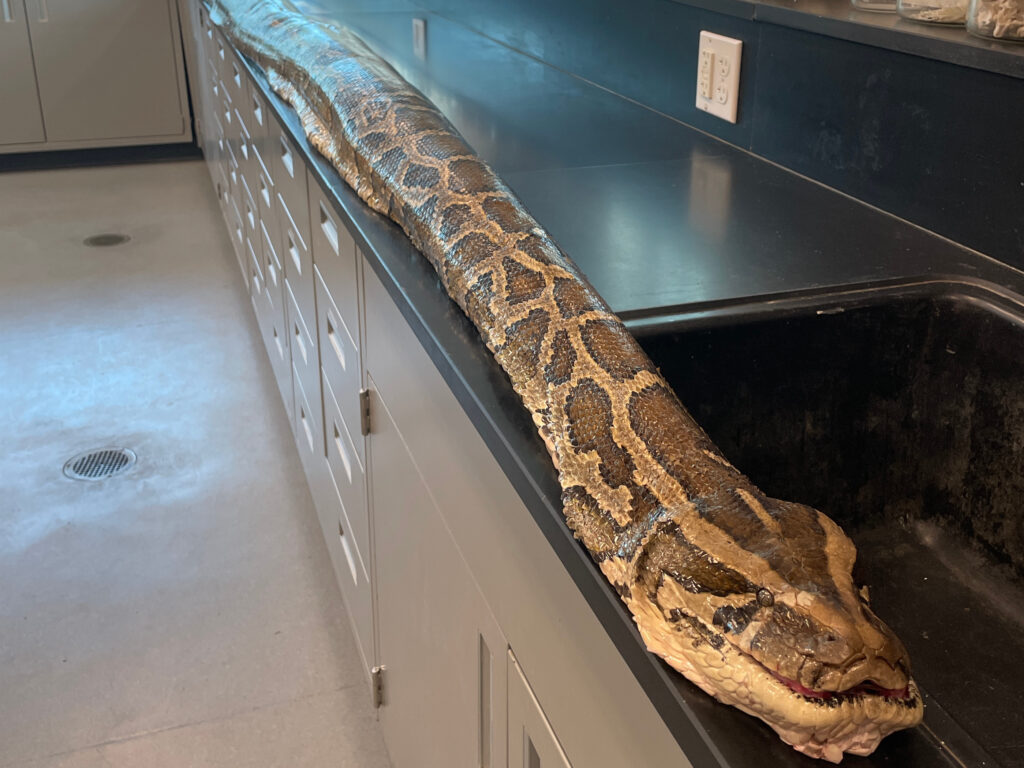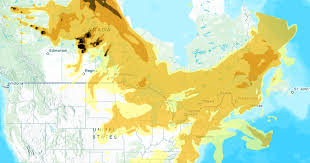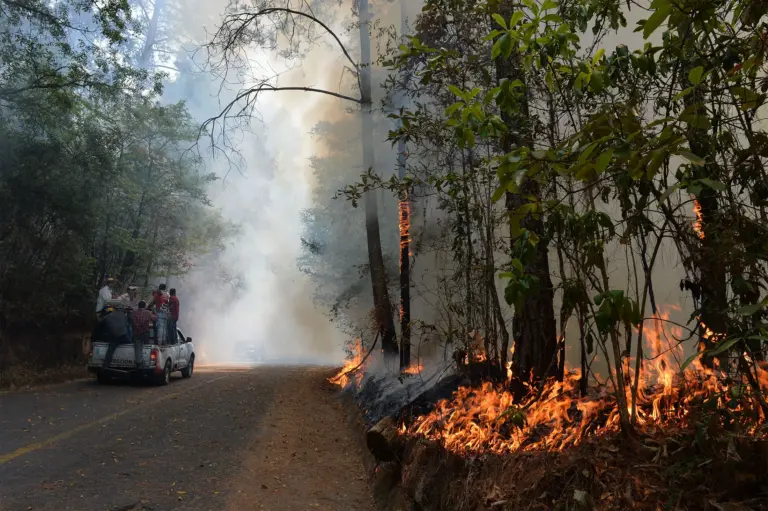
Introduction
The Burmese python, a large constrictor snake native to Southeast Asia, has gained considerable attention in both ecological and conservation contexts. Known for its impressive size and unique patterns, the Burmese python plays a crucial role in maintaining the balance of its ecosystem. As invasive populations threaten local wildlife in various regions, understanding this species is vital for both environmental management and public awareness.
Habitat and Characteristics
The Burmese python (Python bivittatus) typically inhabits tropical forests, wetlands, and grasslands. They can grow to an average length of 10 to 16 feet, although some individuals may reach lengths exceeding 20 feet. Their distinctive color pattern, featuring shades of brown, yellow, and cream, provides excellent camouflage in their natural habitat.
These snakes are ambush predators, waiting for prey to come within striking range. Their diet primarily consists of mammals and birds, showcasing their adaptability in hunting techniques. Unlike many other snake species, Burmese pythons are capable of subduing relatively large animals, including deer and livestock.
The Invasive Species Crisis
In recent years, the Burmese python has become notorious as an invasive species in Florida, where it poses a significant threat to native wildlife. Following the exotic pet trade boom and subsequent releases into the wild, populations of Burmese pythons have exploded in the Everglades. This situation has led to drastic declines in local species, such as raccoons, opossums, and birds, as they become prey for these non-native predators.
Efforts to control the Burmese python population in Florida have seen various strategies implemented, including hunting programs and awareness campaigns. The state has even initiated large-scale python hunting events, incentivizing local hunters to assist in population management.
Conservation and Future Outlook
While the focus on the Burmese python often revolves around its invasive nature, it is important to recognize its ecological role in its native habitat. Conservation efforts are critical to ensure that the species does not face extinction due to habitat loss and the illegal pet trade.
The future of the Burmese python, particularly in regions like Florida, hinges on balanced ecological management strategies. Continuous research will contribute to understanding the effects of this species on endemic ecosystems and determining effective measures for controlling invasive populations.
Conclusion
The Burmese python remains a subject of fascination and concern. As conversations around invasive species continue to grow, it is necessary for communities to stay informed about the environmental impacts of such creatures. Proper education and proactive measures can help manage invasive populations while promoting the conservation of native species. Addressing this pressing issue will ensure the survival of both the Burmese python in its natural environment and the delicate balance of ecosystems that are currently under threat.






